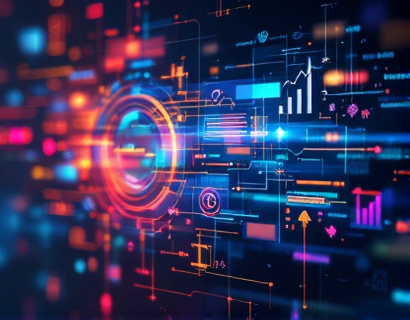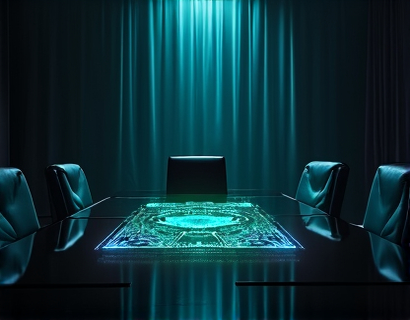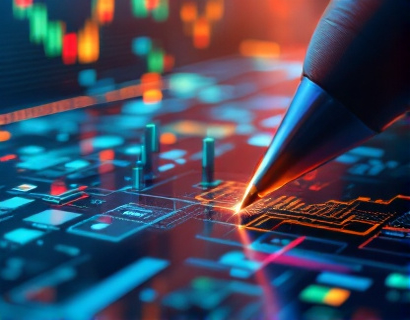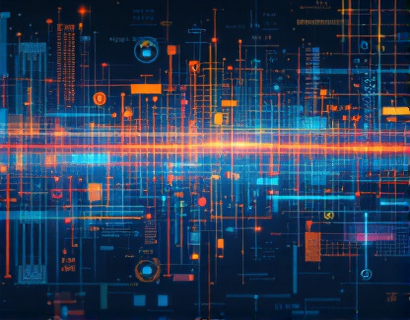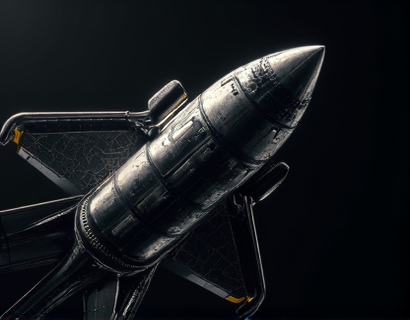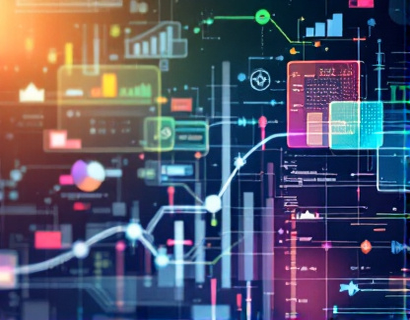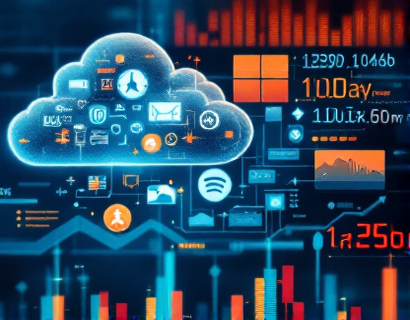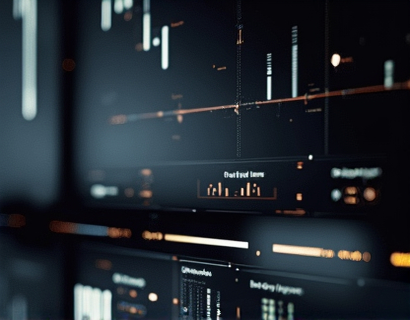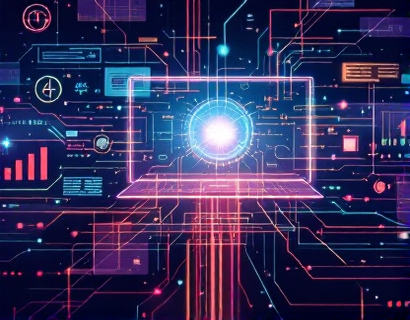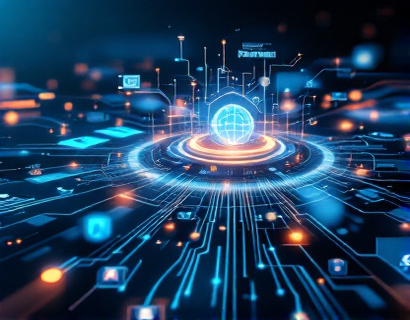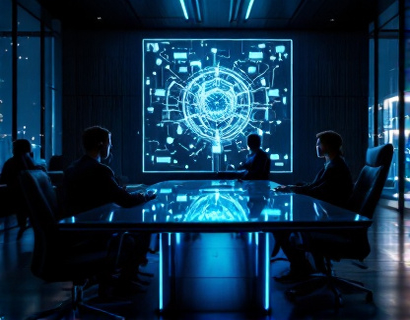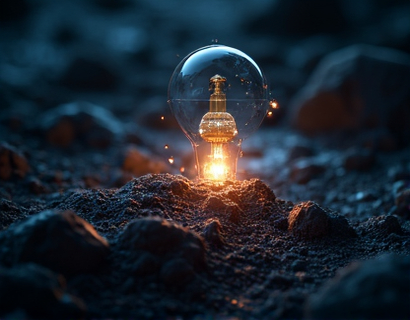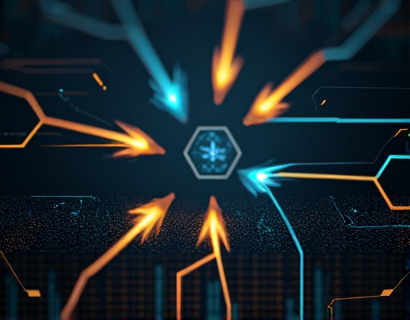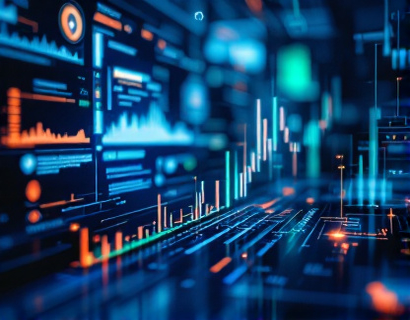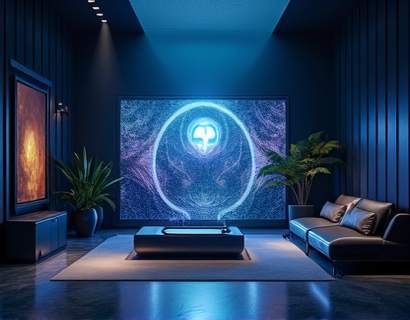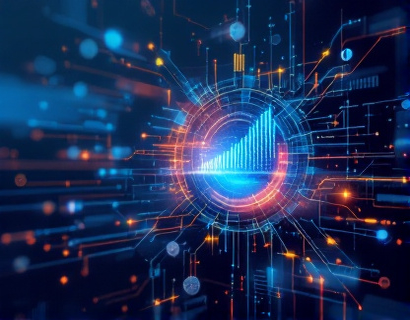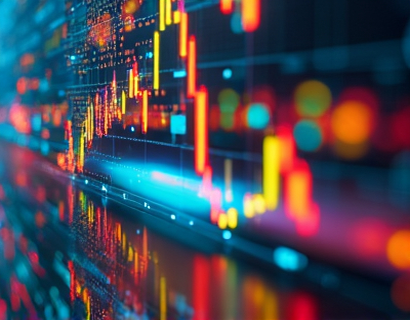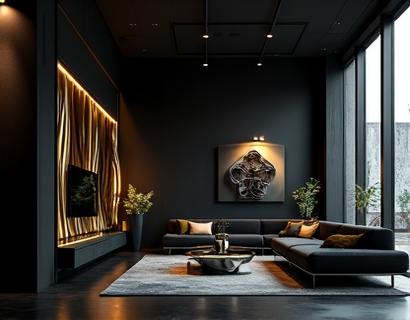Blockchain for Art: Revolutionizing the Preservation and Tracking of Historical Artifacts with Decentralized Solutions
The art world is on the cusp of a transformative era, driven by the integration of blockchain technology. This innovative approach promises to revolutionize the preservation and tracking of historical artifacts and artworks, ensuring their authenticity and provenance are verifiable and secure. By leveraging decentralized solutions, the art community can foster greater trust and collaboration among collectors, museums, and cultural institutions, ultimately safeguarding our shared cultural heritage for future generations.
Blockchain technology, known for its role in cryptocurrencies, offers a robust framework for creating immutable and transparent records. In the context of art, this means that each artwork's history, from creation to current ownership, can be documented and verified with unprecedented accuracy. This not only enhances the value and trustworthiness of art pieces but also helps prevent fraud and illegal trafficking.
Enhancing Authenticity and Provenance
The authenticity of an artwork is crucial to its value and legitimacy. Traditional methods of verifying an artwork's authenticity often rely on paper records, expert opinions, and physical examinations, which can be susceptible to tampering and loss. Blockchain provides a decentralized ledger that records every transaction and ownership change, creating an unalterable chain of custody. This ensures that the history of an artwork is transparent and tamper-proof.
For instance, when an artist creates a piece, the blockchain can record the creation date, materials used, and any relevant certificates of authenticity. Subsequent sales and ownership transfers are then added to the blockchain, providing a comprehensive and verifiable provenance. Collectors and institutions can easily trace the history of an artwork, ensuring its legitimacy and value.
Fostering Trust and Collaboration
The art market is often characterized by a lack of transparency and trust, with numerous intermediaries and complex transaction processes. Blockchain technology streamlines these processes by providing a decentralized platform where all parties can interact directly and securely. This reduces the need for intermediaries, lowering transaction costs and speeding up the process of buying, selling, and verifying artworks.
Museums and cultural institutions can also benefit from blockchain by collaborating more effectively. Shared databases and records on the blockchain can facilitate the exchange of information and best practices, enhancing the preservation and study of artworks. For example, a museum in one country can easily verify the authenticity and provenance of a loaned piece, ensuring that it meets the required standards for exhibition.
Safeguarding Cultural Heritage
The preservation of cultural heritage is a global concern, with many historical artifacts at risk due to conflict, natural disasters, and illegal trafficking. Blockchain can play a pivotal role in protecting these treasures by providing a secure and transparent record of their existence and location. Each artifact can be assigned a unique digital identity on the blockchain, making it easier to track and monitor its status.
In cases where artifacts are stolen or their provenance is unclear, the blockchain record can serve as irrefutable evidence of ownership and history. This not only aids in the recovery of stolen items but also deters potential thieves, knowing that every transaction is publicly traceable. Cultural institutions can use blockchain to create a global registry of artifacts, enhancing the collective effort to preserve and protect our shared heritage.
Benefits for Collectors and Enthusiasts
For collectors and art enthusiasts, blockchain offers a new level of security and transparency. Owning a piece of art is not just about possession; it is about the story and history behind the artwork. Blockchain ensures that collectors can confidently invest in and pass on their collections, knowing that the provenance is accurate and the ownership history is secure.
Moreover, blockchain can facilitate the creation of digital twins of physical artworks, allowing collectors to own and display digital representations while the physical piece remains securely stored. This opens up new possibilities for art appreciation and investment, making high-value art more accessible to a broader audience.
Technical Implementation
Implementing blockchain for art preservation and tracking involves several technical steps. First, a blockchain network must be established, chosen for its scalability, security, and compatibility with the art industry's needs. Popular choices include Ethereum, known for its smart contract capabilities, and Hyperledger Fabric, which offers privacy and permissioned access.
Each artwork is assigned a unique identifier, such as a QR code or NFT (Non-Fungible Token), which is registered on the blockchain. This identifier links to a digital record containing all relevant information about the artwork, including creation details, ownership history, and authentication certificates. Smart contracts can automate transactions and ensure compliance with predefined rules, such as verifying the authenticity of a piece before a sale.
To ensure the integrity of the blockchain, consensus mechanisms are employed to validate transactions. Proof of Stake (PoS) or Proof of Authority (PoA) are suitable for art applications, as they provide security without the high energy consumption associated with Proof of Work (PoW). These mechanisms ensure that only authorized parties can add new records to the blockchain, maintaining the ledger's integrity.
Case Studies and Real-World Applications
Several initiatives are already leveraging blockchain to enhance the art world. One notable example is the use of blockchain for verifying the authenticity of high-end watches and art pieces by companies like WAX and Aura. These platforms use blockchain to create digital certificates of authenticity, which are linked to the physical items, providing collectors with a secure and verifiable record.
Another example is the collaboration between the Museum of Modern Art (MoMA) and blockchain technology to create a digital archive of its collection. By recording each artwork's details on the blockchain, MoMA ensures that the provenance and authenticity of its pieces are preserved for future generations. This not only enhances the museum's operations but also provides a valuable resource for researchers and art enthusiasts.
Challenges and Considerations
While the potential benefits of blockchain in the art world are significant, there are challenges and considerations to address. One major challenge is the adoption and integration of blockchain technology by traditional art institutions, which may be resistant to change. Education and demonstration of the technology's advantages are crucial in overcoming this barrier.
Another consideration is the scalability and interoperability of blockchain networks. As the number of artworks and transactions grows, the blockchain must handle increased load without compromising performance. Ensuring that different blockchain platforms can work together seamlessly is also essential for a cohesive and global art ecosystem.
Privacy concerns must also be addressed, as sensitive information about artworks and their owners needs to be protected. Implementing permissioned blockchains and employing advanced encryption techniques can help maintain privacy while still ensuring transparency and security.
Future Prospects
The future of blockchain in the art world is promising, with ongoing advancements in technology and increasing adoption by key players. As more institutions recognize the value of blockchain for art preservation and tracking, we can expect to see more comprehensive and integrated solutions.
One exciting development is the integration of blockchain with other emerging technologies, such as the Internet of Things (IoT) and artificial intelligence (AI). IoT devices can provide real-time data on the condition and location of artworks, while AI can analyze this data to predict maintenance needs and enhance security measures. Together, these technologies can create a holistic system for managing and preserving cultural heritage.
Additionally, the rise of decentralized finance (DeFi) and non-fungible tokens (NFTs) is opening new avenues for artists and collectors. NFTs, in particular, offer a unique way to represent ownership of digital and physical art, providing a new market for creators and investors. Blockchain ensures that these digital assets are secure, verifiable, and transferable, expanding the possibilities for art monetization and collection.
In conclusion, blockchain technology has the potential to revolutionize the art world by enhancing the authenticity, provenance, and security of historical artifacts and artworks. By fostering trust and collaboration among all stakeholders, blockchain helps preserve our cultural heritage for future generations. As the technology continues to evolve and gain acceptance, the art world stands to benefit immensely from its innovative solutions.




